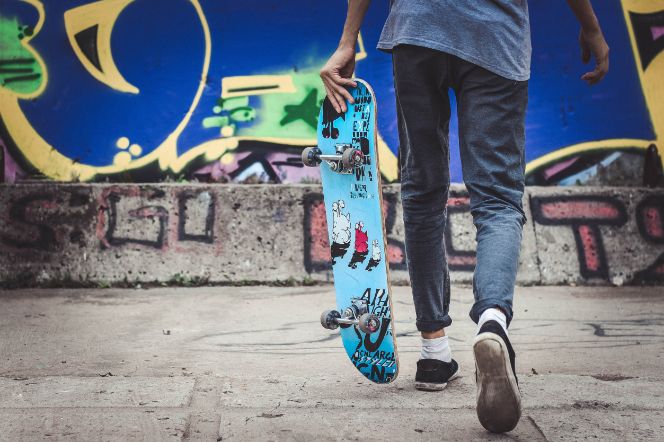Hawaiian Shirts History

We're also selling Hawaiian shirts.
You may be wondering why Aloha shirts are sold at the Sukajan Shop, but in reality the roots of Sukajan and Hawaiian shirts are similar.
This time i will introduce the history of Hawaiian shirt!
Aloha Shirts History
Hawaiian shirt symbolizing paradise Hawaii. Its prototype was born in the first half of the 20th century as a Hawaiian original shirt.
From the end of the 19th century to the beginning of the 20th century, Japanese immigrants who were engaged in agriculture liked to favor Palaka (the open-collared shirt worn by European seafarers) because it resembles Japanese cotton kasuri, It is said that it is the origin of Hawaiian shirt that re-tailoring the kimono which was a bringing item to the palaca style when reusing it.

MUSASHIYA SHOTEN is one of the stores that raised the early Aloha shirt.
They tailored shirts using Japanese pattern fabric from an early period, and in 1935 they used the word "Aloha shirt" for the first time in newspaper advertisements.
In 1936, "Aloha" was trademarked by Ellery Chun, a manager of a clothing store "KING SMITH". The Aloha shirt that he first sold as a Chinese immigrant was a Japanese pattern shirt tailored by MUSASHIYA.

Koichiro Miyamoto, known as Musa-Shiya the Shirtmaker
In the background of the development of Aloha shirt after that, the fact that Hawaii established as a sightseeing spot is greatly concerned.
In 1927, when Matson Line launched a passenger ship between San Francisco and Honolulu, a large number of tourists got off to Hawaii from the mainland of the United States. In addition, Hawaii during the war crowded as a key US military hub, and after the war tourists came out with the development of air route.
Demand for aloha shirts as souvenirs increased at once, and after the Hawaiian boom eventually occurred in the mainland of the United States, not only Hawaiian manufacturers but also mainland American sports wear manufacturers got together to make aloha shirts.
Pattern of Aloha Shirts
The Aloha shirt design pattern has compatibility with materials and printing methods, and there is a change in the times.
The pattern that was mainstream in the 1930s at the dawn of Aloha Shirt is "All Over Pattern".
The size of the motif gradually became bigger each year, and in the late 1940's, many more "Border pattern" works were produced as more flashy designs.
And in the 1950s which was the heyday of Aloha shirt, "Horizontal pattern" which the shirt itself looks like a picture as a strong self-assertive design was born, and in the mainland of the United States "back panel pattern" and "Picture print" and other designs with more intense impact were made.
Oriental design (Japanese pattern) symbolizing Hawaii's unique mix culture was often seen in the 1950s when the first period Aloha shirt and Oriental boom occurred.
ALL OVER PATTERN

BORDER PATTERN
HORIZONTAL PATTERN

BACK PANEL PATTERN

PICTURE PRINT

ORIENTAL DESIGN

Detail of Aloha Shirts “MATERIAL”
The one with the highest evaluation as the so-called "vintage" aloha shirt is one made of rayon made in the 1930's and 50's.
Rayon, also known as "human silk", is not a synthetic fiber made from petroleum or the like but a natural origin fiber derived from plants. Excellent moisture absorption and moisture release, smooth touch and high heat dissipation. It's a shirt suitable for the climate of Hawaii in the everlasting summer.
In the history of Aloha shirt, you can also see other materials such as silk, cotton, polyester and so on.
FILAMENT RAYON

KABE CREPE

RAYON FUJIETTE

FUJI SILK

HOPSACK

Detail of Aloha Shirts “PRINT”
There are two main types of aloha shirt printing methods, "discharge" and "overprint". Appropriate methods are selected according to the design of the fabrics and pictures and the number of colors.
DISCHARGE PRINT

OVER PRINT

Detail of Aloha Shirts “BUTTON”
The kind of button used for Aloha shirt is varied a lot. It will also affect the overall image.
BAMBOO BUTTON

PINCTADA MAXIMA BUTTON

PINCTADA MARGARITIFERA BUTTON

PASTE BUTTON

Leave A Reply
Your email address will not be published. Required fields are marked *



